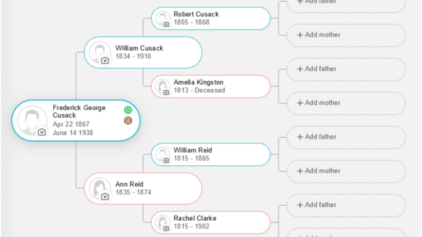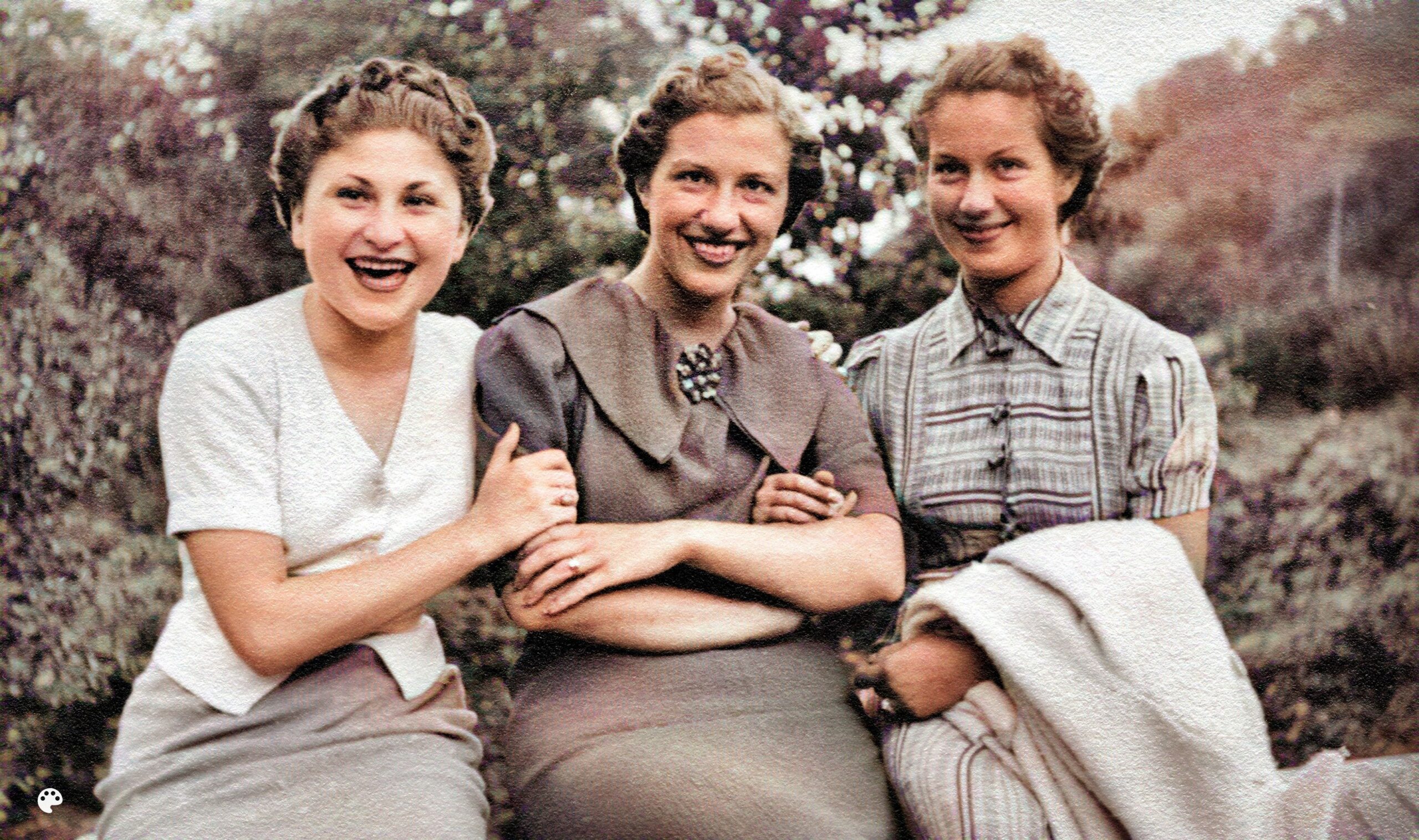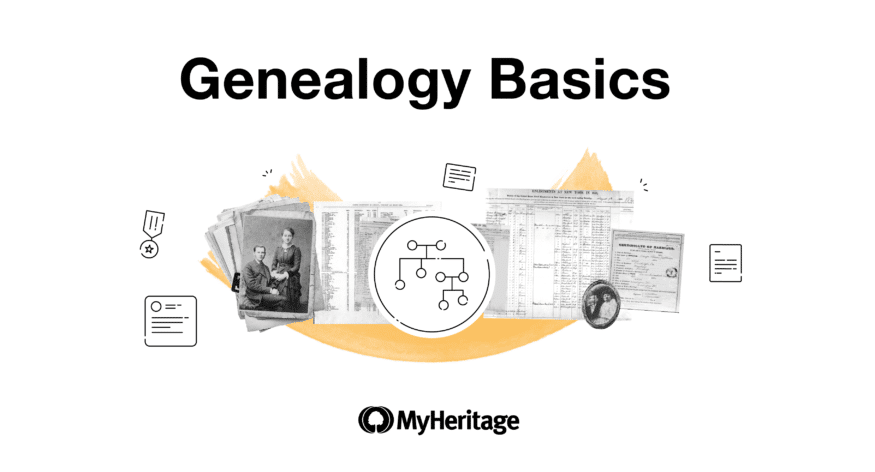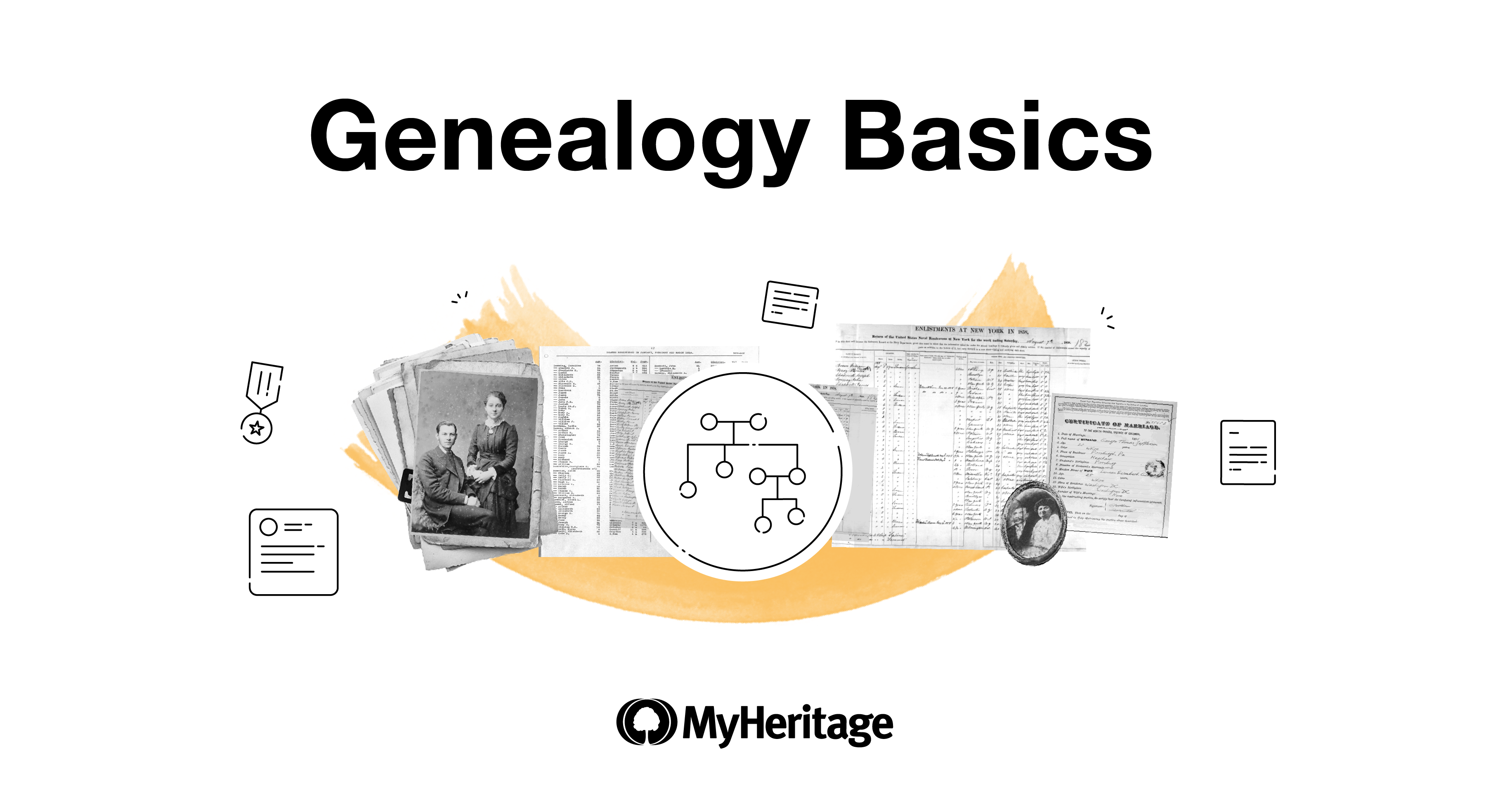

Ever wonder what stories lie buried in your father’s side of the family? Paternal lineage is the ancestral line that traces your family history through your father. It involves all male ancestors, starting from the father and extending back to grandfathers and great-grandfathers.
Whether it’s a great-great-grandfather’s journey across the ocean or the values that have been passed through generations, exploring our father’s ancestry gives us a deeper understanding of where we come from.
» Trace your paternal lineage with genetic testing
The evolution of paternal lineage systems
Early human societies were primarily matrilineal, tracing lineage through the mother. This system emerged from a time when kinship was less defined and fathers’ identities were often ambiguous.
Children referred to all adult males as “fathers,” reflecting a communal approach to parenting. Lewis Henry Morgan, an anthropologist, noted in his studies of the Iroquois that this early structure “allowed for flexible relationships and responsibilities among community members. [1]
Societies progressed with the onset of agriculture. The need to manage resources became a primary concern. [2] Men, who typically defended the tribe and managed resources, consolidated power and property rights. The wealth generated from farming and herding made it worthwhile for families to pass down property and status through male heirs.
The rise of warfare also played a crucial role in solidifying patrilineal systems. As men became primary defenders of their families and resources, their status increased. [2] Different cultures adapted these principles in various ways. For example, patrilineal descent became central to the social structure in ancient Rome, with fathers passing down family names and property to their first-born sons.
Another example is the British monarchy. Traditionally, only the male line has the right to the throne. This system is rooted in historical practices and laws, such as the Bill of Rights (1689) and the Act of Settlement (1701), which established that only legitimate Protestant descendants of Sophia of Hanover could inherit lands and titles.
Note: Succession to the Crown Act in 2013 marked a serious rule change by ending male-preference. [3] Now, the eldest child succeeds the throne regardless of gender. But, the first-born still inherits the property and titles.
» Learn more about the difference between maternal and paternal lines
Societal impacts of patrilineality
Patrilineality shapes family structures and gender roles. In many cultures, this system reinforces male authority and privilege, as men inherit property, titles, and family names. Women are only temporary members of their birth families and must join their husband’s lineage after marriage. [4]
Cultural practices surrounding marriage are also under the effect of patrilineality. For example, newly married couples often live with or near the husband’s family, isolating themselves from their birth families.
Finally, the focus on male lineage affects naming conventions; children typically inherit their father’s surname, which reinforces the notion that identity and belonging tie into paternal ancestry.
» Discover the origin of your last name
Paternal lineage in genetic genealogy
Paternal lineage is a crucial aspect of genetic genealogy, focusing on the inheritance of genetic material through the male line. We trace it primarily using the Y-chromosome DNA that a father passes to his son.
The Y chromosome is unique because it is haploid, meaning males have only one copy. This characteristic helps researchers to study paternal lineage through specific markers such as:
- Y-STRs (short tandem repeats): These are repeating sequences on the Y chromosome that vary among individuals. They are often used in forensic analysis and genealogical studies to establish paternity and familial relationships.
- Y-SNPs (single nucleotide polymorphisms): These are variations at a single nucleotide position in the DNA sequence. They help define haplogroups, which represent shared ancestry among groups of men.
The accumulation of mutations over generations provides a timeline for tracing male ancestry, helping you construct family trees that span thousands of years.
The paternal lineage has several applications in genealogy:
- Ancestral migration studies: By comparing Y-DNA results with established databases, researchers can trace ancient migrations and understand population structures and movements over time.
- Identifying historical figures: Studies have successfully identified historical remains by comparing Y-chromosome haplotypes with genealogical records. For instance, research in Québec linked genetic data to historical records to find people buried in unmarked graves. [5]
- Ethnic and tribal studies: Genetic analysis has been instrumental in studying the origins and relationships of ethnic groups. For example, research on the Kerey tribe revealed complex genetic relationships that challenged traditional genealogical narratives regarding their descent from historical figures like Genghis Khan. [6]
» Explore the ins and outs of non-paternity events
Challenges of researching paternal lineage
1. Limited genetic diversity
Patrilineal systems can lead to reduced genetic diversity, particularly in Y-chromosome DNA. Because Y-DNA passes only from father to son, patrilineal groups may have less genetic variation than populations with more diverse inheritance patterns. This lack of diversity can complicate genealogical research, making it difficult to trace lineage accurately.
3. Cultural variations in naming conventions
In many cultures, children typically inherit their father’s surname, which can lead to difficulties in tracing lineage when surnames are common or have changed over time.
For example, Sephardic Jewish naming traditions often prioritize deceased relatives. Firstborn sons and daughters are typically named after paternal grandparents. Subsequent male and female children are named after maternal grandparents, then alternating between paternal and maternal aunts or uncles.
Unlike Ashkenazi Jewish surnames, Sephardic surnames can be inspired by living relatives, but deceased often take precedence. Some Spanish exiles, possibly influenced by Catholic customs, named children after their own parents.
4. Historical records limitations
Historical records may not accurately reflect your paternal lineage due illegitimacy, adoption, or family structure changes. The irregularities can hamper your efforts of building an accurate family tree.
I had several challenges when tracing a paternal lineage through 19th century historical records. I traced the Smelcer surname through my maternal grandfather’s line, specifically his great grandfather. Starting with Pleasant Smelcer, listed in the 1860 U.S. Federal Census in Pulaski County, Missouri, with his wife Hester, I had trouble going further back.
The 1840 Census didn’t include Pleasant due to the patrilineal focus at the time, which only listed the head of household. In the 1850 Census, he was living with his sister in Arkansas, and there was no sign of his parents.
To overcome this, I explored several avenues. First, I researched known areas of residence for other Smelcers to see if any connections emerged. I also delved into records of Pleasant’s immediate relatives, such as his sisters and potential grandparents. While direct evidence was limited, I ended up building a strong circumstantial case by piecing together various clues.
5. Social status influence
The social status of male ancestors can affect family history research. Wealthy and powerful men often had more resources to keep their family line going, so their descendants are more likely to be well-known today. This can make it seem like some families are more important than others, even if they aren’t really related to each other.
6. Migration and exogamy
In societies where women move to live with their husband’s family after marriage (patrilocal residence), tracing family history can be tricky. Records often focus on the male side of the family, making it hard to find information about the mother’s family. The custom leads to incomplete family histories that are difficult to connect across different places and cultures.
» Look into the maternal side of your family with an mtDNA test
Start tracing your father’s lineage
Paternal lineage is a complex journey that can offer profound insights into our identity, history, and cultural heritage. By exploring the historical, cultural, and personal dimensions of this concept, we can discover the stories of our ancestors, connect with our roots, and gain a deeper appreciation for the intricate tapestry of our lives.
While the challenges of tracing paternal lineage may be daunting, the rewards can be immense. By delving into genealogical records, researching family histories, and engaging in conversations with family members, we can uncover hidden connections, rediscover lost traditions, and forge stronger bonds with those who came before us.
» Ready to explore your paternal lineage? Get a DNA test








